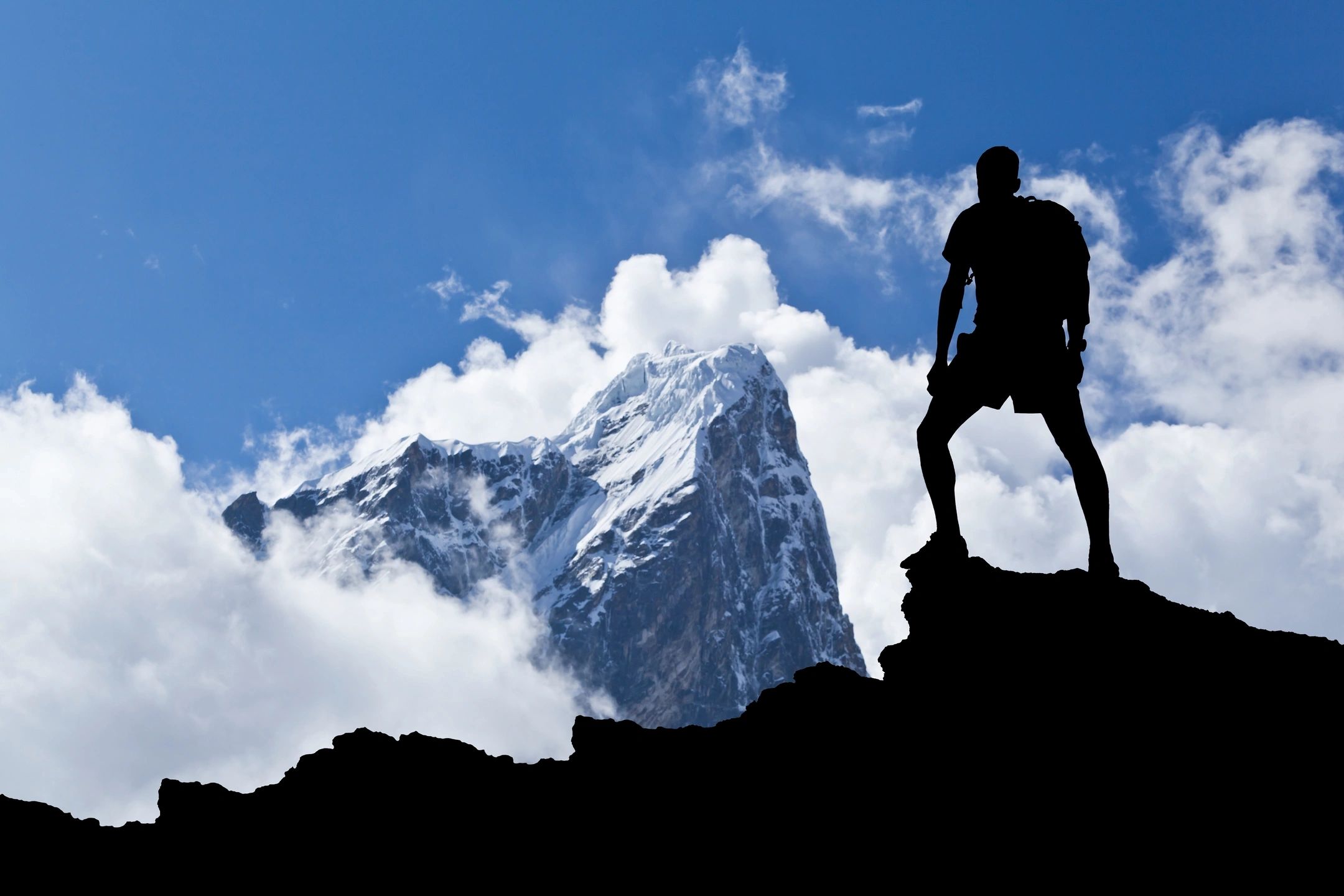Introduction
Welcome to the thrilling world of rock climbing! If you’re eager to embrace the vertical adventure, there’s no better time than now to get started. Rock climbing offers a unique and rewarding experience that challenges both your mind and body. Whether you’re a complete beginner or have some indoor climbing experience, this step-by-step guide will equip you with the knowledge and confidence to embark on your outdoor rock climbing journey.
- The Difference Between Fall, Winter, Spring, and Summer Rock Climbing
Understanding the seasonal variations in rock climbing conditions is essential. Each season offers different challenges and opportunities:
- Fall: Mild temperatures and colorful foliage make fall a popular season for rock climbing. Crisp air provides ideal climbing conditions, but be prepared for unpredictable weather changes.
- Winter: Winter climbing requires more gear and technical skills, as icy and cold conditions pose additional challenges. Seek out sunny and sheltered routes for the best climbing experience.
- Spring: As the snow melts and temperatures rise, spring brings optimal climbing conditions. However, be aware of potential wet rock surfaces after rain showers.
- Summer: Climbing in summer can be hot and sweaty, but early mornings and late evenings offer cooler temperatures for better climbing conditions.
- The Difference Between Top Rope Climbing and Lead Climbing
Top Rope Climbing: In top rope climbing, a rope is anchored at the top of the route, and one end is attached to the climber’s harness, while the other is managed by a belayer. This setup offers maximum safety, making it ideal for beginners.
Lead Climbing: Lead climbing involves the climber placing their own protection (cams, nuts, etc.) as they ascend. The lead climber clips the rope into these pieces while climbing, and the belayer manages the slack. Lead climbing requires more experience and skills but offers a sense of independence and adventure.
- The Difference Between Rock Climbing and Ice Climbing
Rock Climbing: Rock climbing involves scaling natural rock formations using ropes, harnesses, and protective gear. It can be done both indoors and outdoors and offers various climbing styles, such as face climbing and crack climbing.
Ice Climbing: Ice climbing is a specialized form of climbing that involves ascending frozen waterfalls and ice-covered rock faces. Ice climbers use ice axes and crampons to navigate icy surfaces and secure themselves to the ice with specialized protection.
- Finding a Good Climbing Spot
Research and explore climbing areas in your region. Online climbing forums, guidebooks, and local climbing gyms are great resources to discover popular climbing spots. Ensure you have the necessary permits and follow any access regulations set by the landowners or climbing community.
- The First Thing You’ll Need: Climbing Partners
Rock climbing is best enjoyed with a climbing partner or group. Having a reliable belayer and supportive climbing partners enhances safety and adds to the overall experience. Reach out to local climbing clubs or social media groups to connect with fellow climbers.
- Climbing Gear
- Climbing Helmet: Protect your head from potential falls or falling debris with a climbing helmet.
- Climbing Harness: Choose a comfortable and well-fitted harness that secures you to the rope during climbs.
- Climbing Shoes: Invest in quality climbing shoes with sticky rubber soles for optimal grip on holds.
- Chalk Bag: Keep your hands dry and improve your grip by using a chalk bag with magnesium carbonate chalk.
- Tying Climbing Knots
Learn essential climbing knots like the figure-eight knot, the bowline knot, and the double fisherman’s knot. These knots are essential for tying into the rope, securing harnesses, and creating anchors.
- Choosing Climbing Routes
As a beginner, start with easier routes within your skill level and gradually progress to more challenging climbs. Pay attention to the route’s difficulty rating, terrain, and the protection required.
FAQs – Your Rock Climbing Questions Answered
- Is rock climbing dangerous for beginners?
Rock climbing involves inherent risks, but with proper training, safety measures, and the right gear, it can be a safe and rewarding experience.
- Do I need to be physically fit to start rock climbing?
Basic fitness is beneficial, but you can start rock climbing at any fitness level. Climbing regularly will improve your strength and endurance over time.
- Can I go rock climbing alone?
While it’s not recommended for beginners to climb alone, joining a climbing community or finding climbing partners is essential for safety and learning.
- Can I use indoor climbing shoes for outdoor rock climbing?
Indoor climbing shoes can be used for outdoor rock climbing, but consider getting specialized outdoor climbing shoes for better performance on real rock surfaces.
Conclusion
Armed with the knowledge and gear to start your rock climbing journey, you’re ready to embrace the thrill of scaling cliffs and conquering new heights. Always prioritize safety, training, and climbing within your skill level. So, find your climbing partners, pack your gear, and let the adrenaline-fueled world of rock climbing!
